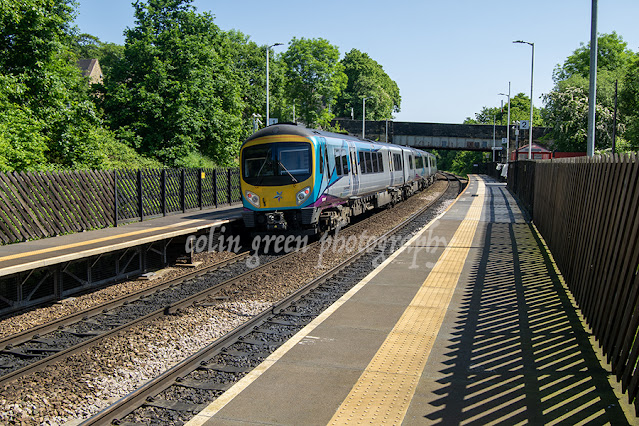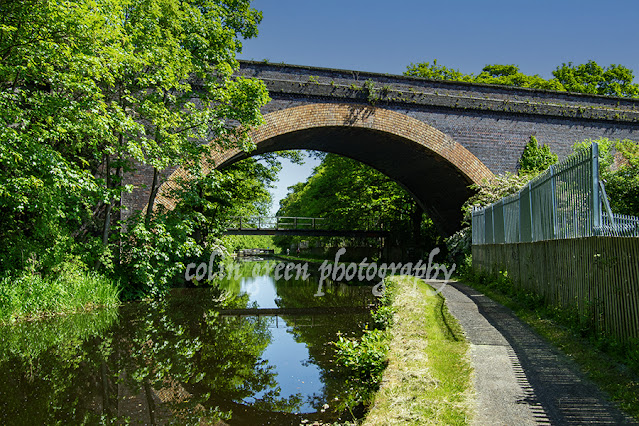Huddersfield, a town steeped in industrial heritage, holds many hidden gems for photographers. One such gem is the fascinating Turnbridge Lift Bridge, a testament to the town's canal-based past. Officially known as simply "Turnbridge," and designated as bridge number 17 on the Huddersfield Broad Canal, this unique structure offers a blend of historical charm and mechanical intrigue that's perfect for capturing striking images.
Located on Quay Street, just a short stroll from the town centre, the Turnbridge Lift Bridge (often referred to colloquially as a Locomotive lift bridge) spans the Huddersfield Broad Canal, providing a tangible link to a bygone era. Built in 1865, replacing an earlier swing bridge, its design speaks volumes about the ingenuity of Victorian engineers.
What Makes it Photogenic?
- The Mechanical Marvel: The bridge's lifting mechanism, a combination of wheels, chains, and counterweights, is a visual feast. Whether you're capturing the intricate details of the machinery or the grand sweep of the bridge deck rising, there's a compelling story to tell.
- Historical Context: The canal setting, with its narrowboats and towpaths, provides a rich backdrop for your photographs. The contrast between the weathered brickwork of the bridge and the tranquil water of the canal creates a captivating visual narrative.
- Light and Shadow: The bridge's structure casts interesting shadows throughout the day, offering opportunities for dramatic compositions. The golden hour, just before sunset, is particularly magical, as the warm light illuminates the bridge's intricate details.
- The Lifting Action: If you're lucky enough to witness the bridge in action, you'll have the chance to capture a truly dynamic scene. The slow, deliberate movement of the bridge as it lifts to allow a narrowboat to pass is a mesmerizing sight. Previously windlass operated, it was updated in 2002 and is now electrically powered, making the lifting action smooth and reliable.
Photography Tips:
- Explore Different Angles: Don't be afraid to experiment with different perspectives. Try shooting from ground level, from the towpath, or even from a higher vantage point if you can find one.
- Capture the Details: Focus on the intricate details of the bridge's mechanism, such as the chains, gears, and counterweights. These elements tell the story of the bridge's history and functionality.
- Use a Tripod: A tripod will allow you to capture sharp images, especially in low-light conditions. It will also allow you to use longer exposures to capture the movement of the water or the bridge.
- Consider Black and White: The bridge's industrial aesthetic lends itself well to black and white photography. This can help to emphasize the bridge's texture and form.
- Time Your Visit: Check the canal's schedule to see if you can time your visit to coincide with a narrowboat passing. This will give you the opportunity to capture the bridge in action.
- Consider the surrounding area: The area around the bridge also lends itself to photography, with the canal, and the surrounding buildings providing extra context to your images.
The Turnbridge Lift Bridge is more than just a functional structure; it's a piece of living history. Whether you're a seasoned photographer or simply looking for a unique subject to capture, this fascinating bridge is sure to inspire you. So, grab your camera and head to Huddersfield to discover the photographic potential of this hidden gem.
I took the following images on the 27th May 2023 with a Nikon d3300 camera, clicking any images should open a link in another window to my Colin Green Photography store on Zazzle.
All these images can also be seen on my Clickasnap account. Please take a moment to check out my portfolio on Photo4Me via the link below.
All the images remain the copyright of Colin Green.

























































